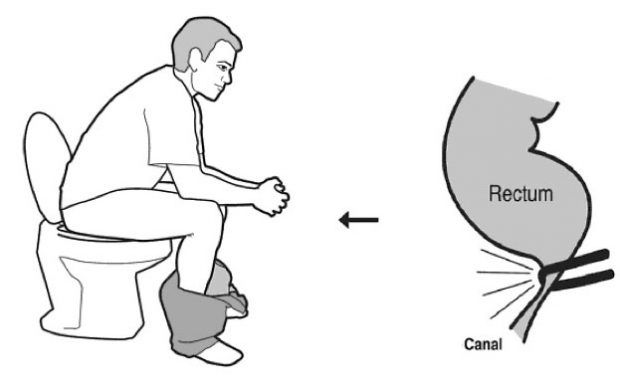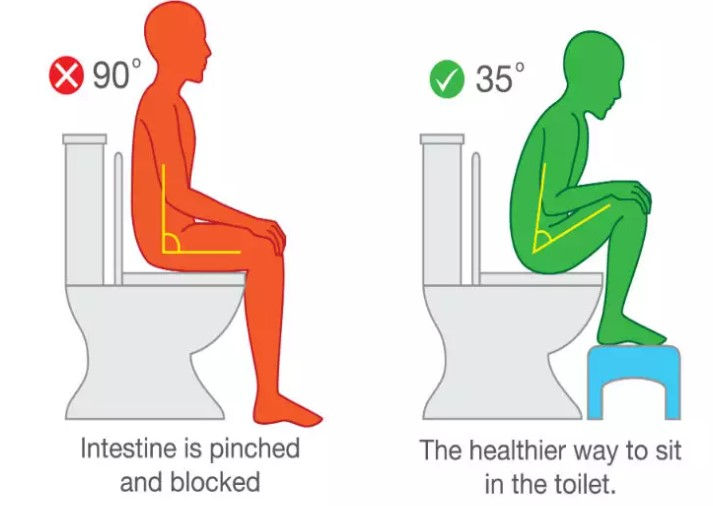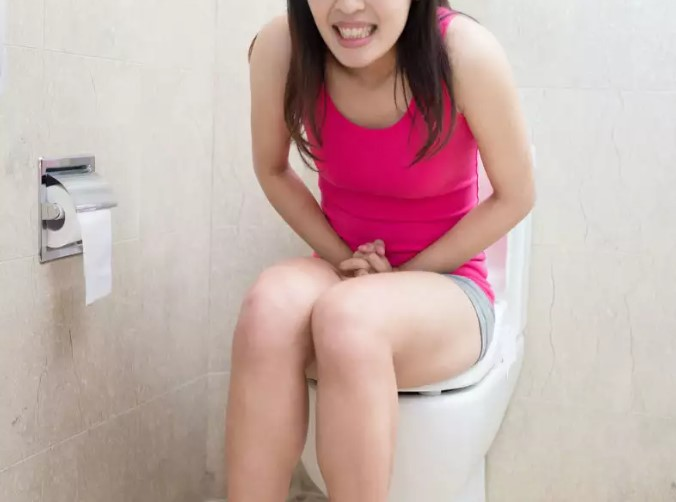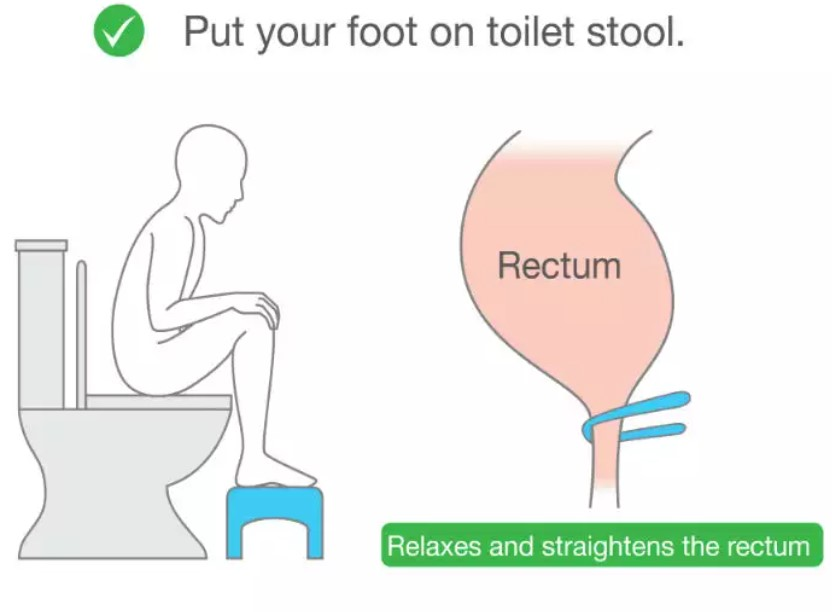Digestive issues, particularly constipation, are increasingly becoming a common complaint among millennials. As our lifestyles evolve with fast food, stress, and a lack of physical activity, many of us are finding ourselves struggling with our digestive health. Recent studies have shown a concerning rise in chronic constipation cases, leading to more emergencies, hospitalizations, and related health complications. But what if one of the root causes of this issue is right under our noses—or rather, under our seats?

In the modern world, globalization has influenced every aspect of our lives, including how we answer nature’s call. The traditional squat toilets, once common in many parts of the world, have largely been replaced by Western-style toilets, designed for comfort with a seated position. However, this change in toilet design may be having unintended consequences on our digestive health.
Imagine sitting on a Western toilet, hips bent at a 90-degree angle to your upper body. While this position may seem comfortable, it can actually hinder the natural flow of your intestines. This position forces your intestines into a kinked shape, making it harder for waste to pass through. The additional strain required to have a bowel movement in this position goes against the natural mechanics of our bodies.
Many people believe that leaning forward while sitting on the toilet helps increase pressure on the bowels, aiding in excretion. However, this is a misconception. Leaning forward can actually create more pressure on the rectum and slow down the movement of the intestines. Instead of making things easier, this position can exacerbate the problem.
Did you know that the 35-degree squat position, which is naturally achieved when using a traditional squat toilet, is the optimal position for bowel movements? In this position, the angle of the hips changes, allowing for a more natural alignment of the intestines. This helps reduce strain and makes it easier for waste to pass through the digestive tract without obstruction.

When you sit with your knees and upper legs at a 90-degree angle to your abdomen, as you do on a Western toilet, the anal canal narrows. This narrowing can cause discomfort and make it harder to have a bowel movement. On the other hand, when you squat, your knees come closer to your abdomen, changing the alignment between your rectum and sphincter. This change relaxes the rectum, allowing for easier and more complete evacuation.
According to Dr. Mercola, an advocate for natural health, the squatting position greatly enhances the effectiveness of bowel movements. He emphasizes that the altered positioning of organs and muscles in a squat helps in relaxing the rectum and allows for a more thorough evacuation. This can significantly reduce the risk of constipation and related complications.
For those who aren’t ready to give up their Western toilet, there’s an alternative solution: the squat stool. This simple device allows you to mimic the squatting position while still using a seated toilet. By placing your feet on a small stool in front of the toilet, you can achieve a more favorable hip angle, reducing the strain on your bowels and making your bathroom experience more comfortable.

Millennials, particularly those living in urban areas, are more likely to use Western toilets due to their widespread adoption. Combined with other lifestyle factors like poor diet, stress, and lack of exercise, this can create a perfect storm for digestive issues. The rise in chronic constipation among this generation is a clear sign that something needs to change.
Beyond constipation, the sitting position on Western toilets can also contribute to other health issues such as hemorrhoids and Inflammatory Bowel Disease (IBD). The increased pressure on the rectum and anal canal during bowel movements can cause blood vessels to swell, leading to hemorrhoids. Additionally, the incomplete evacuation of the bowels can contribute to inflammation in the digestive tract, exacerbating conditions like IBD.
There’s even evidence to suggest that the sitting position on Western toilets could be linked to an increased risk of appendicitis. The obstruction and straining caused by this position can lead to a build-up of pressure in the intestines, which in turn can affect the appendix.

One of the most shocking findings in recent studies is the potential link between toilet position and heart attacks. The increased straining required when using a Western toilet can put additional stress on the cardiovascular system. For individuals with pre-existing heart conditions, this could potentially trigger a heart attack.
While Western toilets are designed for comfort, traditional squat toilets are more aligned with the natural mechanics of our bodies. The squatting position not only makes bowel movements easier but also reduces the risk of constipation, hemorrhoids, IBD, appendicitis, and even heart attacks.
As we’ve adopted more Western practices in our daily lives, we’ve also moved away from practices that were once integral to our health. The transition from squat to sit toilets is a prime example of this shift. While the convenience of Western toilets cannot be denied, it’s important to recognize the potential health risks they pose and consider alternatives that better support our digestive health.

If you’re struggling with constipation or other digestive issues, consider making small changes to your bathroom routine. Using a squat stool, adjusting your posture, and being mindful of your diet and lifestyle can all contribute to better digestive health. These simple adjustments can make a significant difference in your overall well-being.
The rise in digestive issues among millennials is a complex problem with many contributing factors, but the design of our toilets is one aspect that often goes overlooked. The Western toilet, with its seated position, may be comfortable, but it’s not doing our digestive systems any favors. By understanding the science behind our bathroom habits and making small changes, we can improve our digestive health and reduce the risk of constipation and other related health issues.


